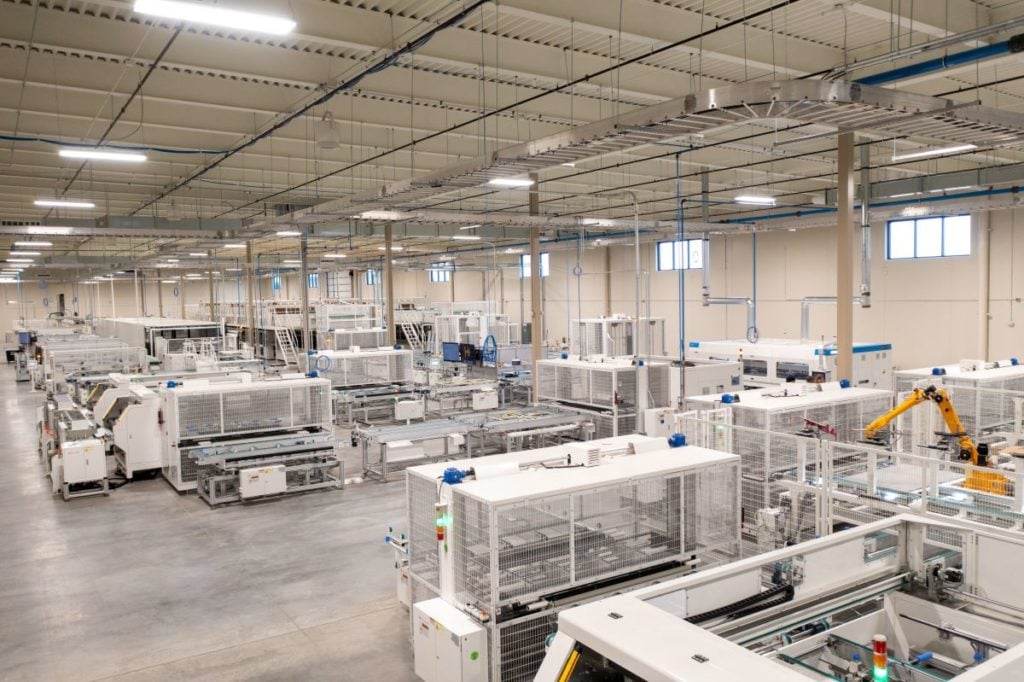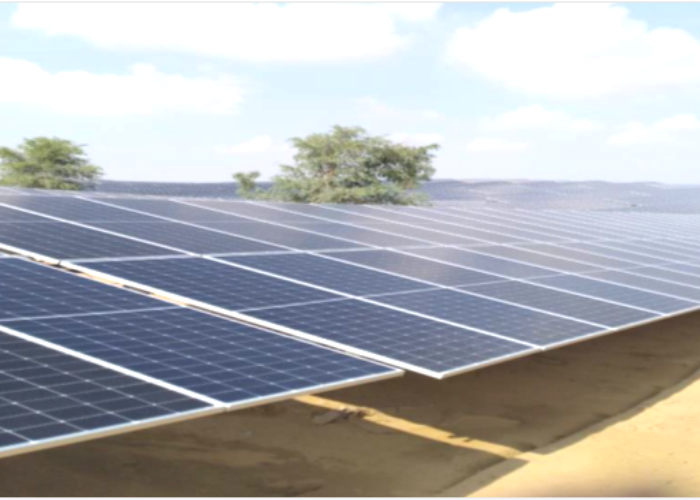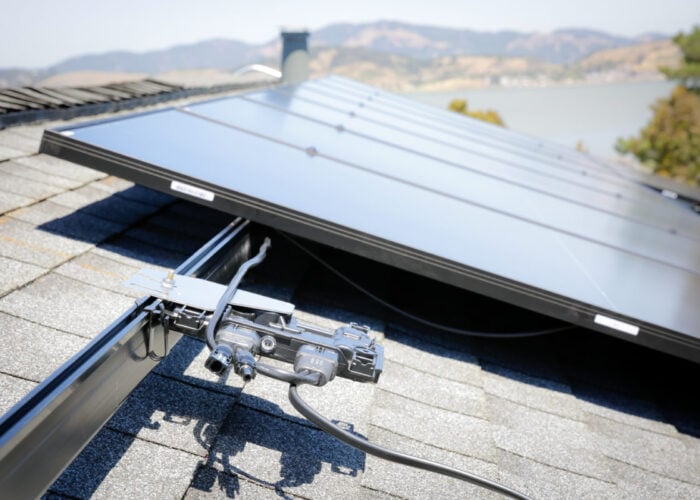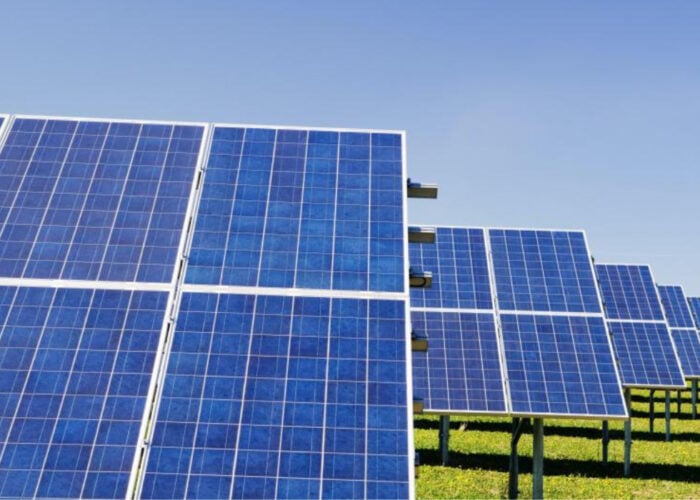
Canadian solar manufacturer Heliene and Indian solar cell producer Premier Energies have formed a joint venture (JV) to build a 1GW solar cell production facility in the US.
The site will produce n-type cells to support both manufacturers’ US cell requirements, Heliene said in a public statement. Details about the timeline and scope of the project will be released “shortly”.
Unlock unlimited access for 12 whole months of distinctive global analysis
Photovoltaics International is now included.
- Regular insight and analysis of the industry’s biggest developments
- In-depth interviews with the industry’s leading figures
- Unlimited digital access to the PV Tech Power journal catalogue
- Unlimited digital access to the Photovoltaics International journal catalogue
- Access to more than 1,000 technical papers
- Discounts on Solar Media’s portfolio of events, in-person and virtual
Or continue reading this article for free
Under the terms of the JV, the companies will provide different, specific services towards the facility’s development. Heliene will contribute construction, project management, human resources, financial resource and management, facility operations, supply chain and logistics, and regulatory expertise whilst Premier will contribute cell technology engineering and operational expertise in the manufacturing process of the cells, manufacturing equipment selection, financial resources, raw material vendor relationships and supply agreements management.
Heliene is already a customer of Premier Energies, and currently sources cells from the latter’s production facility in Hyderabad, India, for use at its module manufacturing facility in Mountain Iron, Minnesota. In December 2023, Heliene expanded the tunnel oxide passivated contact (TOPCon) module production line at Mountain Iron.
“With demand for US-made modules and components growing, now is the perfect time to embark on the next phase of our partnership with this joint venture,” said Martin Pochtaruk, CEO of Heliene. “Our new cell manufacturing facility will not only expand the footprint and impact of each of our companies, but it will also establish us as true leaders in the effort to friend-shore up the US solar manufacturing supply chain.”
Heliene signed a three-year supply deal with US-based cell manufacturer Suniva to source cells from Suniva’s recently restarted production facility in Georgia.
Chiranjeev Saluja, managing director at Premier Energies, said: “This joint venture will leverage the best of both companies’ resources and knowledge to tap the largely unaddressed demand for US cell manufacturing.”
Domestic Content drought
There have so far been far fewer announcements of US cell manufacturing capacity than module capacity since solar manufacturers began to target the US in earnest after the passage of the Inflation Reduction Act (IRA).
This has made it difficult for manufacturers to produce products that meet the IRA’s Domestic Content tax credit threshold, which offers a 10% extra credit on top of the 30% Investment Tax Credit (ITC) for project developers. The Domestic Content bonus is calculated based on the cost of a product and its components, and solar cells constitute a large portion of the overall cost of a module. Pochtaruk spoke to this publication last year about the difficulties of meeting the threshold (premium access).
Moreover, the lack of US domestic cell capacity presents a problem around the looming antidumping and countervailing duty (AD/CVD) case against imported cells from Southeast Asia. If – as is likely – the investigation finds that Chinese companies in those regions are breaching trade terms, the price of cells will go up significantly and they will become less readily available. Clean Energy Associates (CEA) predicted that the tariff investigation could cause a “bottleneck” in solar cell supply to the US and raise the price of US-made solar products by up to US$0.15/watt, and the predicted cell capacity additions will not reach module deployment demands.
Heliene and Premier Energies said their new facility “will directly address this demand” for US-made cells. In a statement, the companies said: “Cells produced at the new site and incorporated into existing US module manufacturing operations will also support developers seeking additional tax credits and incentives for their solar projects, including the lucrative domestic content bonus adder.”







